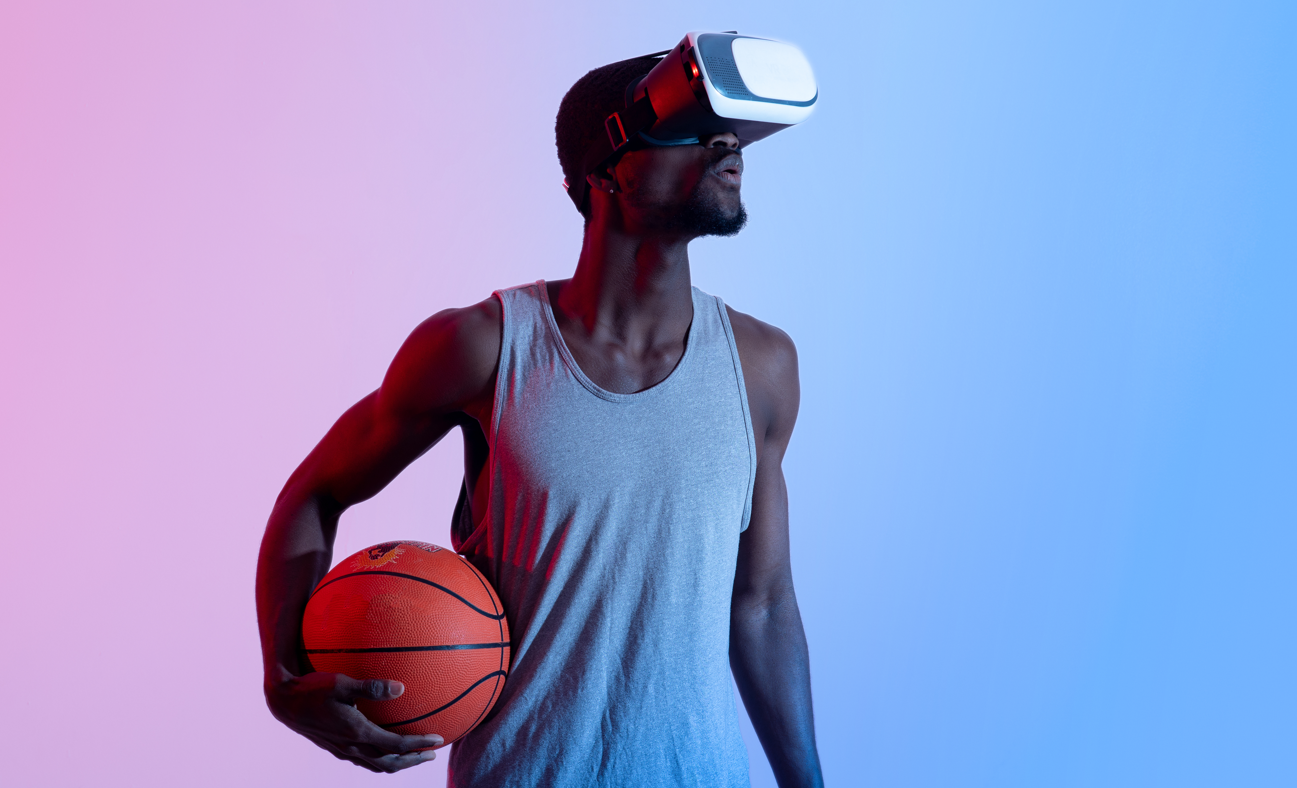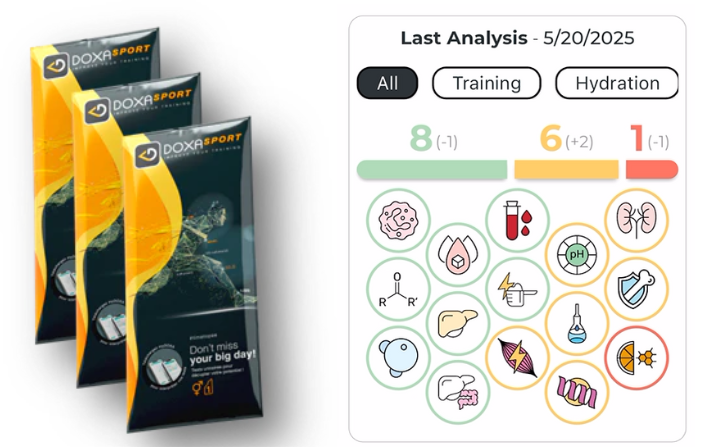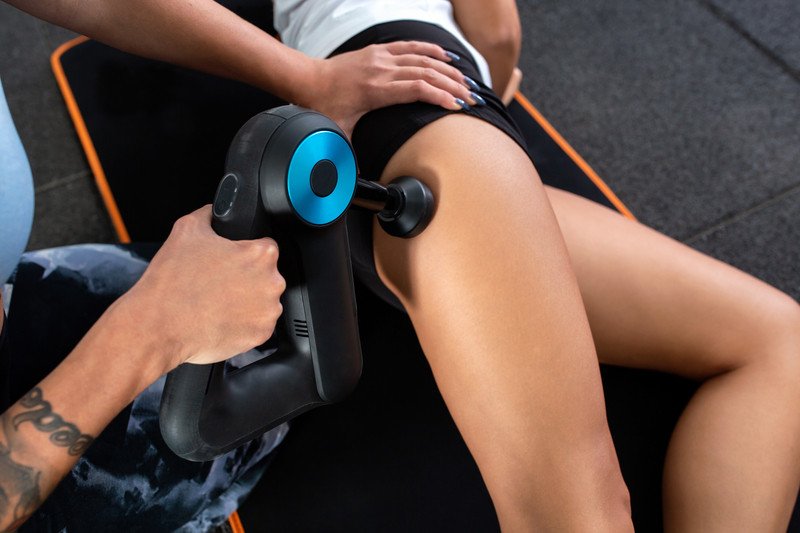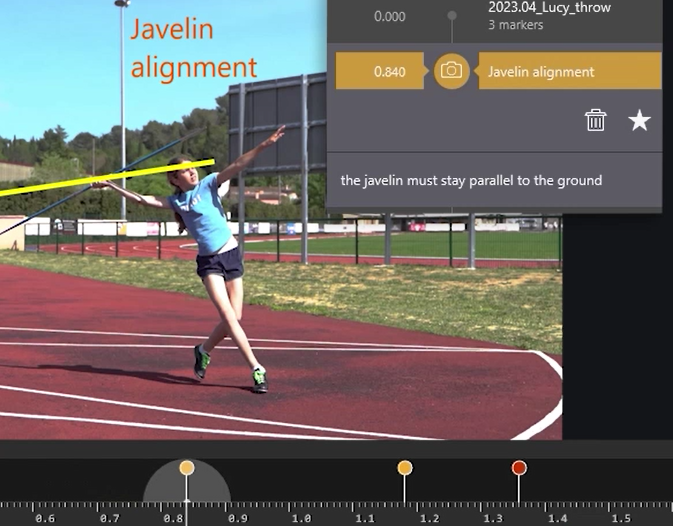Technology
Welcome and thanks for visiting...

Innovations in Coaching Technology and How to Utilize Them

While wisdom from past generations is still relevant, it’s time to look to the future. Modern coaches are getting ahead by using advanced technologies for game analysis and player health. These powerful tools make training easier for your athletes and game preparation more manageable for your staff. Here are eight innovations to pay attention to in 2025 and beyond.
1. Motion Analysis Technology
Some coaches have an eye for talent and fundamentals, but the human mind can only process so much at once. Therefore, your staff might need help analyzing player movement and finding improvement areas. Motion analysis technology makes it easier through advanced cameras, markers, and software that record motion in real time.
Coaches should utilize this technology to identify subtle errors they might not notice the first time. Suppose your staff is watching film to help pitchers throw faster. Thanks to a handy gadget, you see the athlete rotating their hips too early and compromising speed. Use technology like Vicon and Qualisys to get 3D data and understand how much energy your athletes burn.
2. Extended Reality
Extended reality has overtaken sectors like entertainment and health care, though its athletic influence is only beginning. Players across sports can use virtual reality (VR) and augmented reality (AR) headsets to train for in-game situations. While real games are best, it’s great to give your athletes more experience before they head to the field.
While all players can benefit from AR and VR gadgets, they’re terrific for your youngest team members. If experience is paramount in your sport, put your athletes in virtual and realistic scenarios for training. These tools help young quarterbacks identify defenses or basketball guards make decisions on the fast break. Try VR hardware from STRIVR and Rezzill, as they provide immersive experiences and simulated game situations.

3. Wearable Technology
Athletes of the past had to stop competition or wait until after to monitor their blood pressure or heart rate. However, today’s teammates benefit from wearables like GPS trackers or watches that give coaches key information. You can monitor cardiovascular fitness and health in real time, so load management and reducing the risk of injuries are more manageable.
Wearables are terrific for most sports, especially those requiring significant endurance. Track and field coaches should give their players heart rate monitors and GPS trackers to check their pace and cardiovascular health. Some devices are small and discreet, making them easy for your athletes to wear. For instance, the Oura Ring tracks biometrics and provides insights into sleep and body temperature.
However, since these devices use advanced electronics, they may be at risk of internal faults due to their exposure to moisture and physical stress. While many have insulation and protective coatings, short circuits may still occur without visible signs. The only symptoms may be intermittent functioning or rapid heating upon startup. The wearables should be carefully maintained like you would with any other premium electronics.
4. Biomarker and Biofluid Analysis
Modern technology lets coaches dig deeper and understand their athletes’ bodies. For instance, biomarker and biofluid analysis help your staff understand training load and recovery by analyzing health metrics from each person. Use these gadgets to track cortisol levels and see how the body reacts to stress, or determine endurance by red blood cell count.
Biofluid analysis could include using products like myDOXA, which tests urine. This product is easy for athletes to use and recommends lifestyle changes based on the sample. It tracks biomarkers like leukocytes and ketones to understand muscle repair and fat use during workouts, thus giving coaches more insight into their team’s progress.

5. Injury Prevention and Rehab Technology
The last thing you want to see is players getting hurt. While some injuries heal in a few weeks, surgeries may keep them out for months. Fortunately, injury prevention and rehabilitation technologies have improved and allow athletes to reduce injury risks and shorten rehab times. Coaches should use tech like cryotherapy, compression wear, and neurostimulation to optimize conditioning.
While some machines are large, others are smaller and easier for athletes to use. For instance, Theragun makes recovery manageable by targeting specific muscle groups and providing post-performance comfort. You can also use it to relieve pain and improve nightly rest. Hyperice Normatec is another excellent device, as it compresses your limbs to reduce swelling and stiffness.

6. Drones and Aviation Technology
Sitting high in the press box can provide a solid view of your athletes on the field. However, some people might need binoculars and miss key perspectives during practice. How can you improve your view of players without getting on the ground? Some coaches are using drones to monitor positioning and get better breakdowns.
These uncrewed aircraft let coaches see all players on football fields, an improvement from traditional cameras. Sideline Power’s Drone to End Zone System provides live feeds, connects to sideline replay systems, and is compatible with HUDL. Each device runs for about 45 minutes and includes a built-in screen for real-time viewing. Besides football, you can use drones to analyze golf swings and manage courses.
7. Esports and Gaming Integration
Legends like Bobby Knight or John Heisman likely never envisioned using smartphone apps to train their athletes. However, the new sports reality includes this innovative software. Coaches use these applications to help players grow in ways they understand. Artificial intelligence and real-time feedback assist your personnel in getting the most from each film session.
TeamBuildr is excellent for the off-season because it lets you design training programs and access performance data. Players may lack conditioning in the preseason due to the absence of off-season training, so this app emphasizes accountability. Everybody can have fun with the software because it shows leaderboards and badges, thus encouraging intra-team competition. If you incorporate cycling into your training, consider Zwift because it integrates data and heightens motivation.
8. Remote Coaching and Teletraining
Having everybody in the room helps coaches get their team’s undivided attention. If your players or staff have to be elsewhere, they may miss key film sessions and game preparation. How can you keep athletes in the loop without sacrificing time? Virtual coaching arrived a few years ago but has remained popular because of its accessibility.
Virtual coaching is more realistic nowadays because of specialized conferencing platforms like Zoom and Microsoft Teams. Your staff can meet with players and use the software’s annotation tools, virtual whiteboards, and breakout rooms. If you have to leave your office, remote work is easier due to coach-focused software like Dartfish and OnForm. These platforms consolidate communication, increase organization, and provide real-time feedback to athletes.
Taking Advantage of Innovations in Coaching Technology
Think of your team as a business, with players as employees and assistants as supervisors. Other bosses are finding ways to improve their companies, so it’s essential to do the same with yours. Technology is helping coaches worldwide, regardless of the sport. From sensors to VR headsets, these gadgets improve training and let your athletes embrace innovation.









